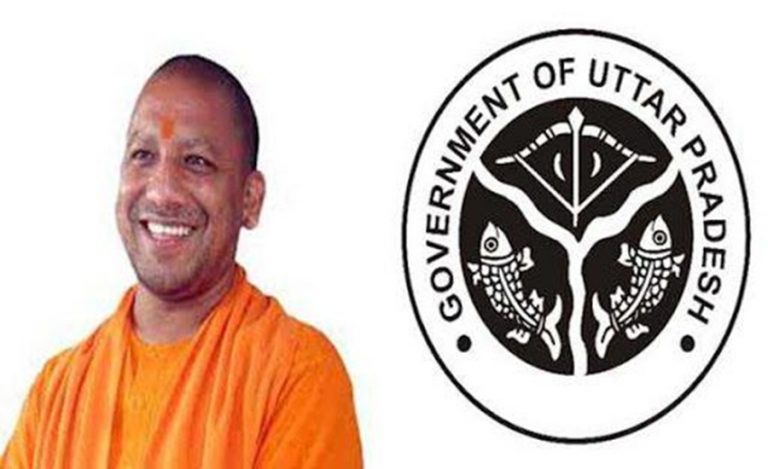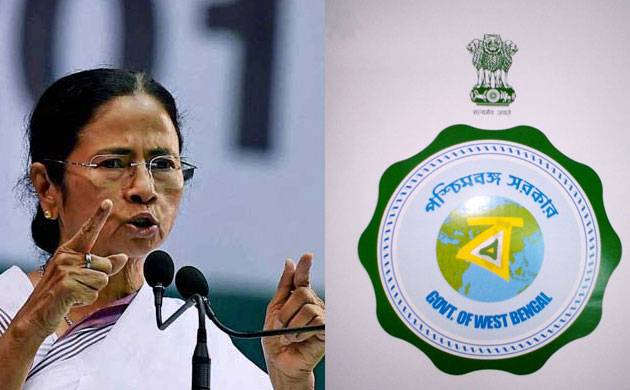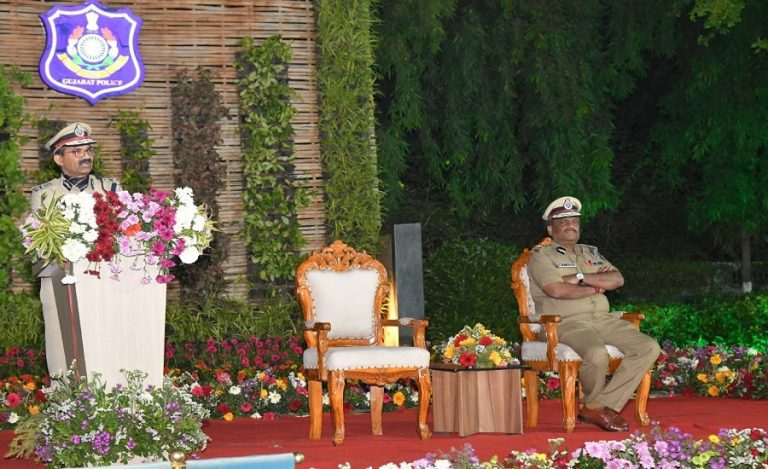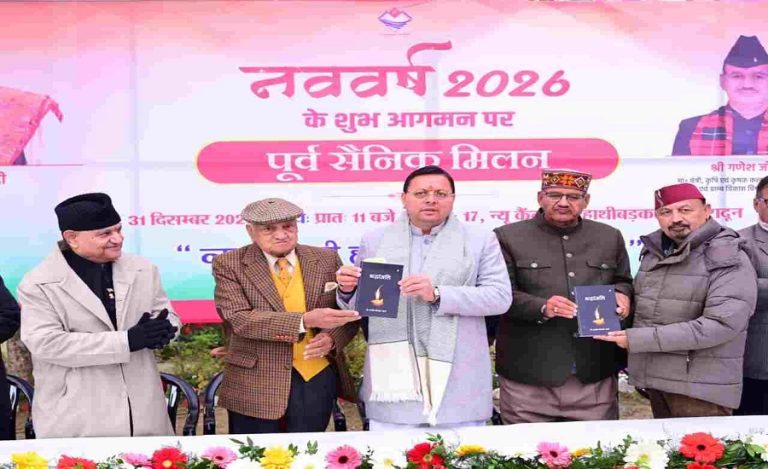India is home to around seventy per cent of the total global tiger population. Although the country can take pride in being the pioneer in conserving the big cats, it can’t afford to let down its guard. Mr. Surender Mehra, former DIG of National Tiger Conservation Authority (NTCA) and Corbett Tiger Reserve, says that that intensive monitoring is key to tiger conservation as it allows to make blueprints of future plans. During a conversation with Indian Masterminds, the IFS officer of 1999 batch shared his experiences in tiger conservation and stressed the importance of introducing new methods in monitoring.
PATROLING AND MONITORING CRUCIAL
It was Mr. Surendra Mehra, an Uttarakhand cadre IFS officer, who conducted the first ever intensive tiger monitoring study in the western circle (adjoining to Corbett National Park, Uttarakhand). The survey revealed that this area has around 1/3 of the total tiger population outside the tiger reserves in the country. After this monitoring, Uttarakhand was number 1 in tiger numbers in the country in 2014.
In 2016, he was posted as the Director of Corbett Tiger Reserve, where he introduced more intensive monitoring methodologies for estimation of tiger population. For the first time in the country, 4sq km camera trap grid was replaced with 2 sq. km grid. This provided closer look of the actual population of tigers in a landscape. Because of its success, the same methodology was adopted in the All India Tiger Estimation-2018.
He also introduced customised intensive patrolling with the help of modern tools of technology such as electronic surveillance and drones. It was his idea to customize the patrolling based on time and purpose. For example, 25-30 patrolling parties would spend their nights for 15 days on top of every ridge in the forest area. Because of this practise, the forest department could monitor the poaching activities in the whole tiger reserve. As a result, the poaching number had drastically come down.

TIGER CONVERSATION BENEFITS HUMAN POPULATION
When asked about the constant issue of man-animal conflicts due to extensive conservation, he replied, “I don’t deny that this is an issue. The people living in forest areas do face animal attacks. When they are struggling for bread, we can’t expect them to participate in conservation. However, you can’t deny that with conservation, the human population also gets benefits.”
He gives the example of the Corbett National Park, where, with the increase in tigers, tourists have also increased, which helps in developing of the economy of the nearby areas. Hence, according to him, “there should be a balance. Along with increase in the conservation efforts, the efforts to ensure safety and awareness among the villagers and staff should also be increased.”
APPRECIATING FRONTLINE WORKERS IMPORTANT
As the Director of NTCA, Mr. Mehra had introduced ‘Bagh Rakshak Award’ in 2019 for recognising and honouring the efforts of forest guards and other field staff in conservation. For the first time, six forest staff were awarded in 2020. “The efforts of forest guard and other field staff go unnoticed most of the time. Yet their role is so crucial in conservation. It’s necessary to give them recognition in the national level, and that is why the award was introduced,” he explained.
After the establishment of the National Tiger Conservation Authority and Wildlife Crime Control Bureau, various steps were taken to curb poaching and secure tiger habitats to increase the tiger population of the country. However, intensive monitoring and patrolling of the existing tiger population is also necessary to make these tiger conservation step more effective and foolproof.

































